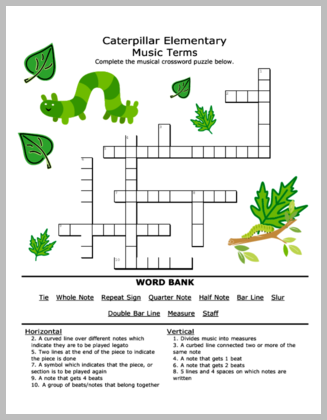 “Twinkle, twinkle, little star,
“Twinkle, twinkle, little star,
How I wonder what you are!
Up above the world so high,
Like a diamond in the sky!
Twinkle, twinkle, little star,
How I wonder what you are!…”
Though it is a commonly sung lullaby it is perhaps less commonly known that the melody and lyrics were not written together, or even for each other, and that this lullaby was NOT written by Mozart. The tune is of the French melody “Ah! vous dirai-je, Maman” (believed to be first published in 1761). And the text is from an early 19th-century poem entitled, “The Star” by Jane Taylor (first published in 1806).
Many composers have used the melody “Ah! vousdirai-je, Maman” as inspiration for their compositions. For example:
- Camille Saint-Saens in Carnival of the Animals (1886), the 12th movement entitled “Fossiles.”
- Franz Liszt in Album Leaf: “Ah! vous dirai-je, Maman” (1833).
 Wolfgang Amadeus Mozart, 12 Variations in C Major on “Ah vous dirai-ie, Maman” (1781-82).
Wolfgang Amadeus Mozart, 12 Variations in C Major on “Ah vous dirai-ie, Maman” (1781-82).
For a time it was believed that Mozart composed his piano variations while residing in Paris during April – September of 1778, where he would have been exposed to the French song. It is possible that Mozart did hear it during that time, but analysis of Mozart’s manuscript of the composition by Wolfgang Plat indicates that Mozart likely did not actually compose his theme and variations until 1781-82, when he was in Vienna.
 Mozart’s 12 spectacular variations on the theme “Ah vous dirai-ie, Maman” have become enormously popular and have been used in commercial, educational, and artistic ventures.
Mozart’s 12 spectacular variations on the theme “Ah vous dirai-ie, Maman” have become enormously popular and have been used in commercial, educational, and artistic ventures.
With the internet it has become relatively easy to look up instances in which Mozart’s variations have been used– and most especially when it comes to videos. For example, the “Baby Einstein” videos (Disney) have used this work in their videos. Additionally, YouTube hosts a variety of recital performances of this work.
While I was going through YouTube I came across a video of a young man, named George Li, playing Mozart’s Twinkle, Twinkle variations at a recital. I am impressed, not only with his performance, but with how he approached the keyboard. I am glad to see that he calmly adjusted the bench to be the right position for him and that he took time to think, and compose himself, before beginning to play. This is a very good example of how to approach the keyboard which you may wish to share with your students. (please note that the sound does not quite match up with the video. This will become quite apparent at the end of the video).
— For additional information about how to prepare students for recitals please read our previous blogs entitled, “Preparing Your Students for Recitals Part 1, Part 2, and Part 3.”
 “…When the blazing sun is gone,
“…When the blazing sun is gone,
When he nothing shines upon,
Then you show your little light,
Twinkle, twinkle, all the night.
Twinkle, twinkle, little star,
How I wonder what you are!…”
 Wolfgang Amadeus Mozart, 12 Variations in C Major on “Ah vous dirai-ie, Maman” (1781-82).
Wolfgang Amadeus Mozart, 12 Variations in C Major on “Ah vous dirai-ie, Maman” (1781-82).